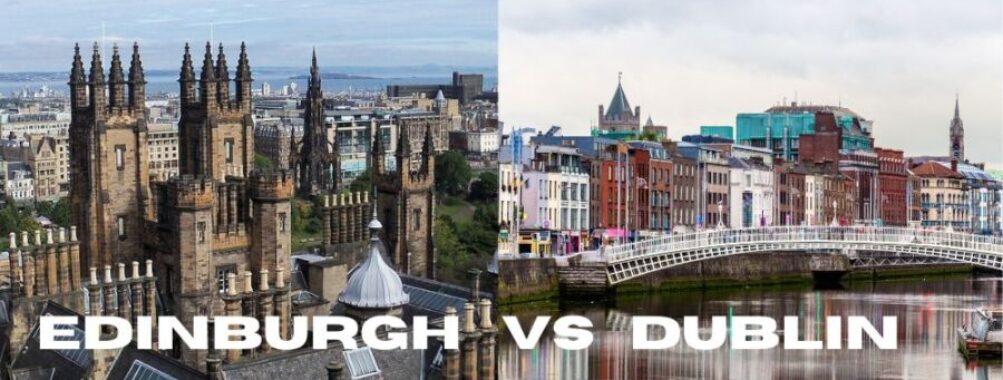
Edinburgh vs Dublin: Which Historic Capital Offers Better Value for Culture Lovers in 2025
Edinburgh and Dublin are two of Europe’s most captivating capital cities, each with its own magical blend of history and modern life. These beautiful destinations draw millions of visitors each year with their ancient castles, cobblestone streets, and lively pub scenes.
For travelers trying to pick between the two cities, Edinburgh offers better value for money and more dramatic architecture, while Dublin wins for its laid-back atmosphere and easier international access. The Scottish capital delivers stunning views from Arthur’s Seat and medieval charm along the Royal Mile, while Ireland’s fair city boasts friendly locals and the iconic Trinity College.
Both cities share similar weather patterns and walking-friendly layouts that make exploring a joy. The choice often comes down to personal preference – Edinburgh’s moody gothic magnificence versus Dublin’s warm Celtic spirit. The good news is that neither choice is wrong.
Table of Contents
- Historical Context and Heritage
- Captivating Castles
- Historical Institutions
- Renowned Festivals
- Urban Exploration and Sightseeing
- City Landmarks
- Museums and Galleries
- Iconic Streets and Areas
- Local Life and Cultural Experiences
- Musical Revelry
- Culinary Journey
- Social Vibrancy
- Accommodation and Accessibility
- Hotels and Hostels
- Transportation Options
- Cost of Visit and Affordability
- Expense Planning
- Financial Tips and Tricks
- Comparison Insight
- Living Standards
- Tourist Preferences
- Unique Offerings
- Frequently Asked Questions
- What are the main living cost differences between Edinburgh and Dublin?
- How does the quality of life compare between Edinburgh and Dublin?
- Which city offers a better experience during the Christmas season, Dublin or Edinburgh?
- Could you provide insights on the cultural differences someone might expect when moving from Edinburgh to Dublin?
- What is the comparison between the job markets of Edinburgh and Dublin for expats?
- How do the public transport systems in Edinburgh and Dublin differ?
- Book Your Dream Experience
- More Travel Guides
Historical Context and Heritage
Edinburgh and Dublin showcase centuries of rich history through their medieval streets, grand castles, and time-honored traditions. Each city tells unique stories of royal intrigue, literary genius, and cultural revolution.
Captivating Castles
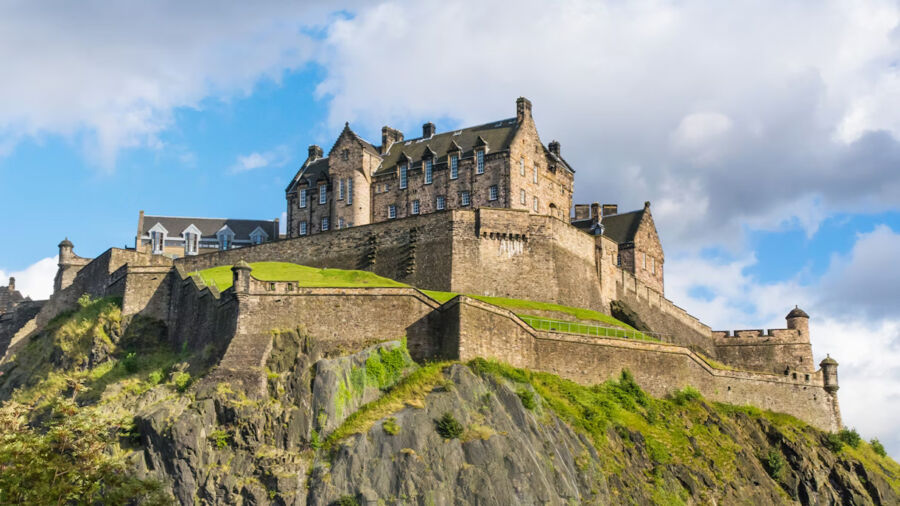
Edinburgh Castle stands proudly atop Castle Rock, dominating the city skyline for over 900 years. The castle houses the Scottish Crown Jewels and the Stone of Destiny, used in royal coronations. The One O’Clock Gun still fires daily, a tradition dating back to 1861.
Dublin Castle served as the seat of British rule in Ireland for over 700 years. Its beautiful State Apartments now host presidential inaugurations and state functions. The medieval tower and Chapel Royal give visitors a glimpse into Ireland’s complex past.
The buildings tell very different stories – Edinburgh’s fortress speaks of military might, while Dublin’s castle reflects political power and colonial history.
Historical Institutions
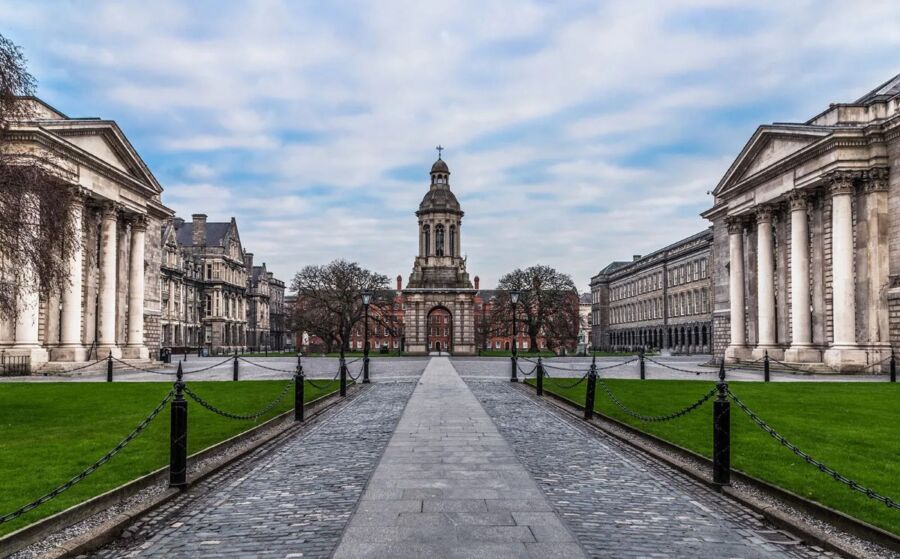
Trinity College Dublin, founded in 1592, houses the magnificent Book of Kells, an illuminated manuscript from 800 AD. The Long Room library looks like something from a fairy tale, with 200,000 ancient books lining oak shelves.
Edinburgh’s Royal Mile connects Edinburgh Castle to Holyrood Palace through a string of historic buildings. The narrow closes and wynds hide centuries-old taverns and meeting houses where great minds once gathered.
Kilmainham Gaol in Dublin stands as a powerful symbol of Ireland’s fight for independence. Its cold cells and execution yard tell stories of rebellion and sacrifice.
Renowned Festivals
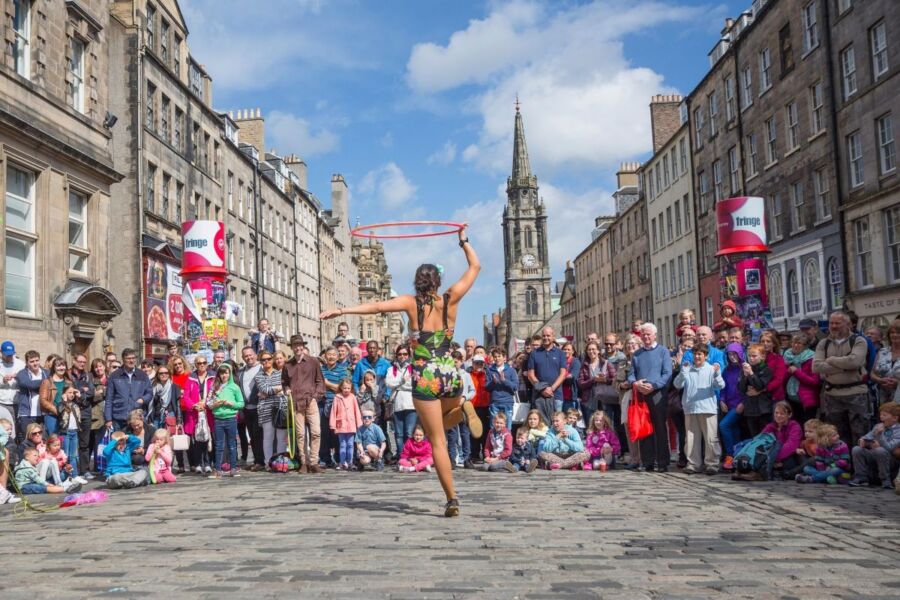
The Edinburgh Festival Fringe transforms the city each August into the world’s largest arts festival. Over 3,000 shows fill every available space with theater, comedy, and music.
The Royal Edinburgh Military Tattoo brings together military bands and performers from across the globe. The castle provides a dramatic backdrop for this spectacular display of music and precision.
Dublin’s Temple Bar district hosts many cultural festivals throughout the year. The Dublin Literary Festival celebrates the city’s legacy of world-famous writers and poets.
St. Patrick’s Festival in Dublin brings the streets alive with parades, music, and dancing. The five-day celebration attracts visitors from around the world.
Urban Exploration and Sightseeing
Both Edinburgh and Dublin pack their streets with centuries of history, stunning architecture, and cultural treasures. Each city offers distinct ways to explore their heritage through walkable streets and world-class attractions.
City Landmarks
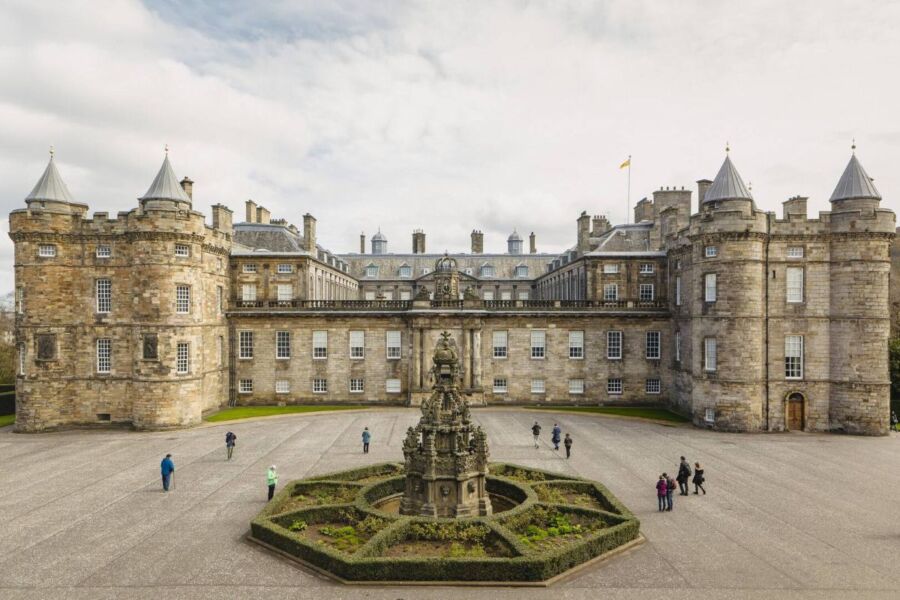
Edinburgh Castle dominates the skyline from its perch on Castle Rock, serving as the city’s most recognizable symbol. The majestic Palace of Holyroodhouse sits at the opposite end of the Royal Mile, showcasing royal Scottish heritage.
Dublin Castle stands as the historic heart of Ireland’s capital, though it’s more modest in scale than its Scottish counterpart. The stunning Christ Church Cathedral and St. Patrick’s Cathedral offer glimpses into Dublin’s medieval past.
Book guided tours of these landmarks to learn fascinating stories you might miss on your own.
Museums and Galleries
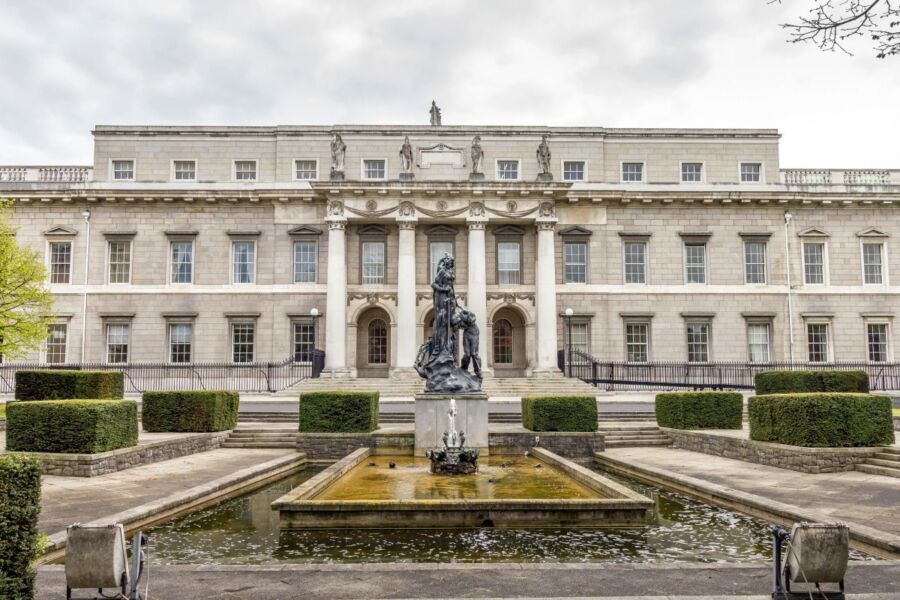
The National Museum of Scotland brings Scottish history to life through interactive exhibits and ancient artifacts. Edinburgh’s Scottish National Gallery houses masterpieces from European and Scottish artists.
Dublin’s cultural institutions shine just as bright. The National Gallery of Ireland displays an impressive collection of Irish and European art. Trinity College holds the famous Book of Kells and the stunning Long Room library.
Both cities offer free entry to their major national museums, making culture accessible to all visitors.
Iconic Streets and Areas
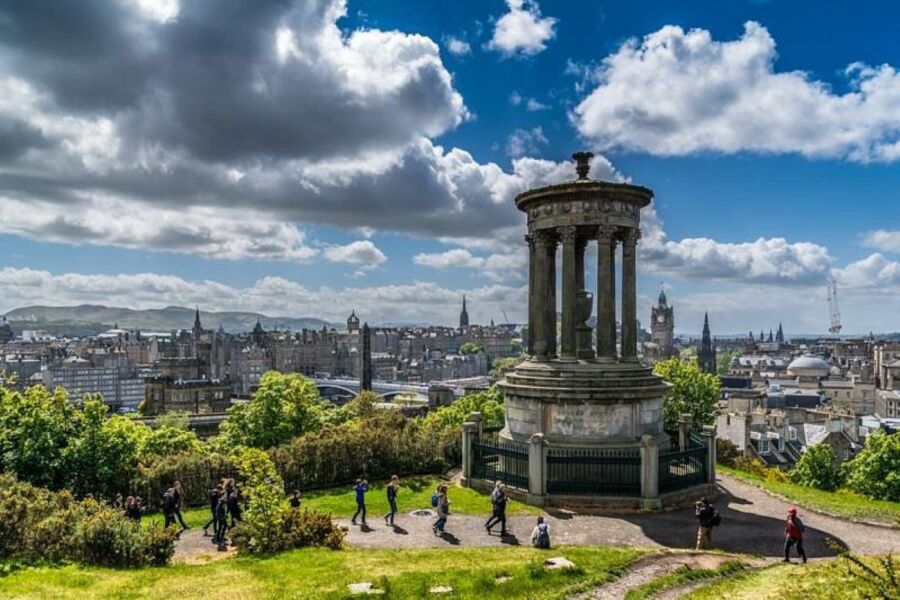
Edinburgh’s Royal Mile cuts through the medieval Old Town, lined with historic buildings and hidden closes. Princes Street offers modern shopping with dramatic castle views. Calton Hill and Arthur’s Seat provide spectacular city panoramas.
Dublin’s Temple Bar district pulses with pubs and street performers. Grafton Street draws shoppers and buskers, while the Georgian squares showcase elegant architecture.
The cobbled streets of both cities tell stories spanning generations. Walking tours help unlock the secrets of these historic neighborhoods.
Local Life and Cultural Experiences
Both Edinburgh and Dublin shine with their distinct cultural identities, rich traditions, and warm, welcoming atmospheres that make visitors feel right at home. Each city offers unique ways to connect with local life through music, food, and social spaces.
Musical Revelry
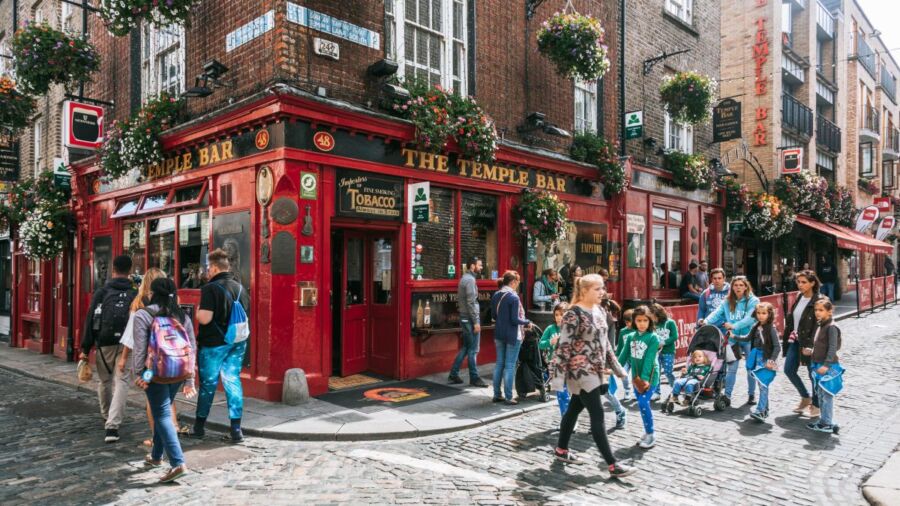
Edinburgh’s live music scene thrives in cozy venues scattered across the Royal Mile and Rose Street. Traditional Scottish folk music fills the air in pubs like Sandy Bell’s, where local musicians gather for impromptu sessions with fiddles and accordions.
Dublin’s Temple Bar district pulses with the sound of Irish traditional music every night. Live bands play everything from folk tunes to modern hits in historic pubs. The city’s musical spirit comes alive during trad sessions, where locals join in with instruments or sing along to familiar songs.
Culinary Journey
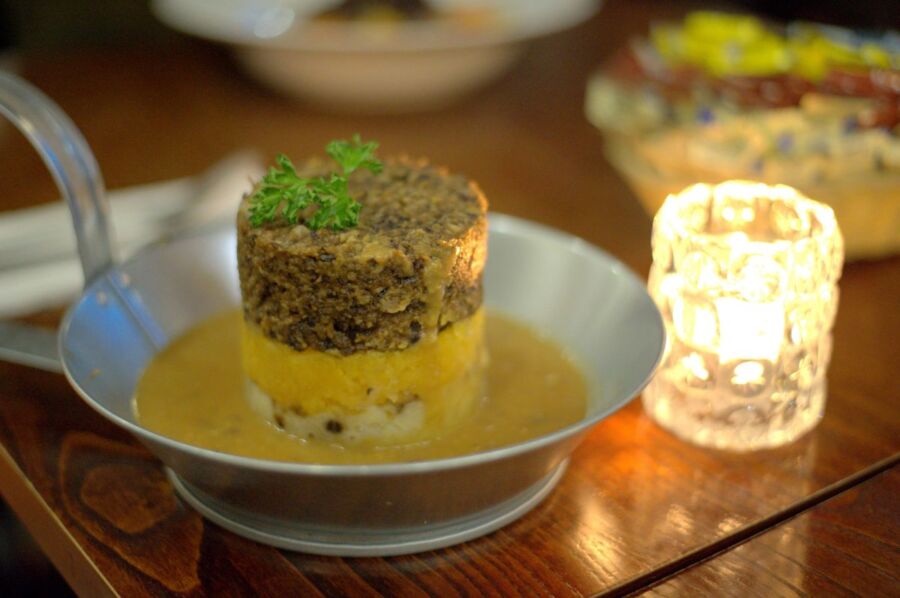
Edinburgh’s food scene celebrates Scottish heritage with modern twists. Local spots serve haggis with neeps and tatties – a must-try dish for adventurous eaters. The city’s seafood restaurants showcase fresh catches from Scotland’s waters.
The Royal Mile features small cafes perfect for trying Scottish shortbread and warming up with a hot tea. Many restaurants now offer creative haggis dishes, from spring rolls to burgers.
Dublin’s culinary landscape mixes traditional Irish cooking with new food trends. The city’s pubs serve hearty Irish stew and fresh seafood chowder. Don’t miss visiting the Guinness Storehouse to learn about Ireland’s famous stout and enjoy a perfect pint.
Social Vibrancy
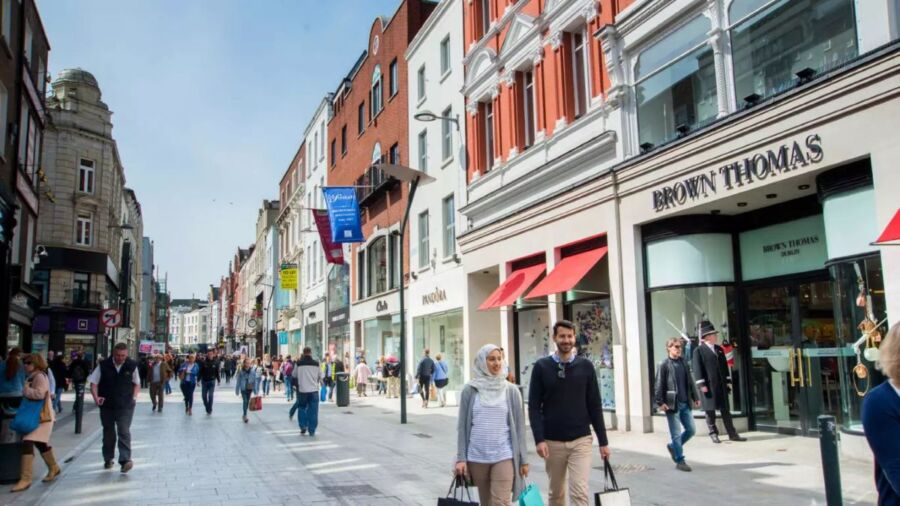
Edinburgh’s social life centers around its historic pubs and modern bars. The Grassmarket area comes alive at night with locals and visitors mixing in centuries-old taverns. During August, the Fringe Festival transforms the city into a massive celebration of arts and culture.
Dublin’s pub culture remains legendary. Locals gather in traditional pubs for conversation, music, and pints of Guinness. These pubs aren’t just drinking spots – they’re community hubs where storytelling and friendly chats flow freely.
Street performers add extra life to both cities. You’ll find musicians, magicians, and artists entertaining crowds on Dublin’s Grafton Street and Edinburgh’s Royal Mile.
Accommodation and Accessibility
Both cities offer distinct lodging options and travel connections, with notable differences in pricing and convenience. Dublin faces higher accommodation costs while Edinburgh provides more budget-friendly choices.
Hotels and Hostels
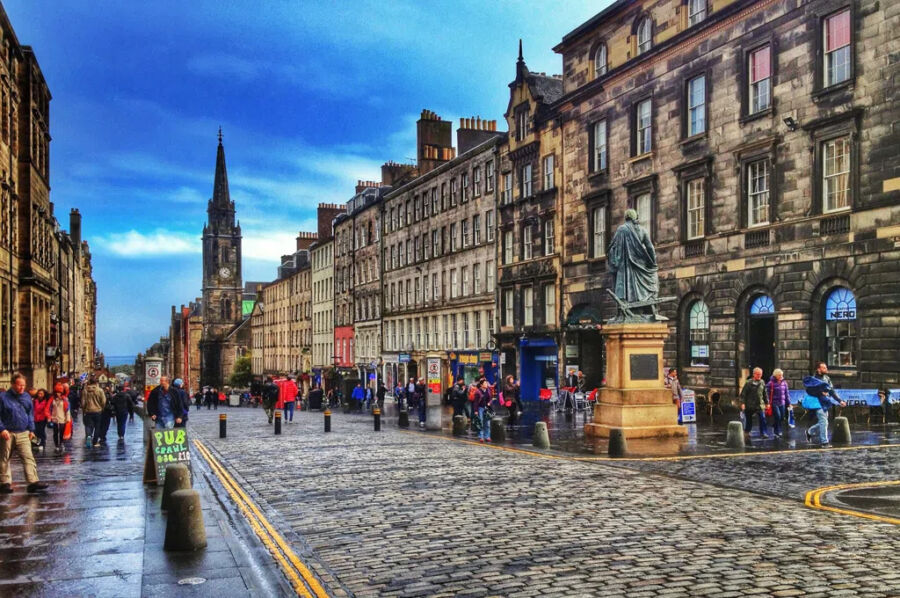
Search for hotels in Dublin tends to reveal steep prices, especially during peak seasons. A standard double room often costs 30-40% more than similar rooms in Edinburgh. The Irish capital’s Temple Bar area has the priciest spots.
Edinburgh’s Royal Mile and New Town have many mid-range hotels. The city’s Old Town features charming boutique properties in historic buildings. Hostels are spread across both cities, but Edinburgh’s options are typically £5-10 cheaper per night.
Budget travelers should consider visiting in winter months when rates drop significantly. Both cities fill up during festivals – Edinburgh in August and Dublin around St. Patrick’s Day.
Transportation Options
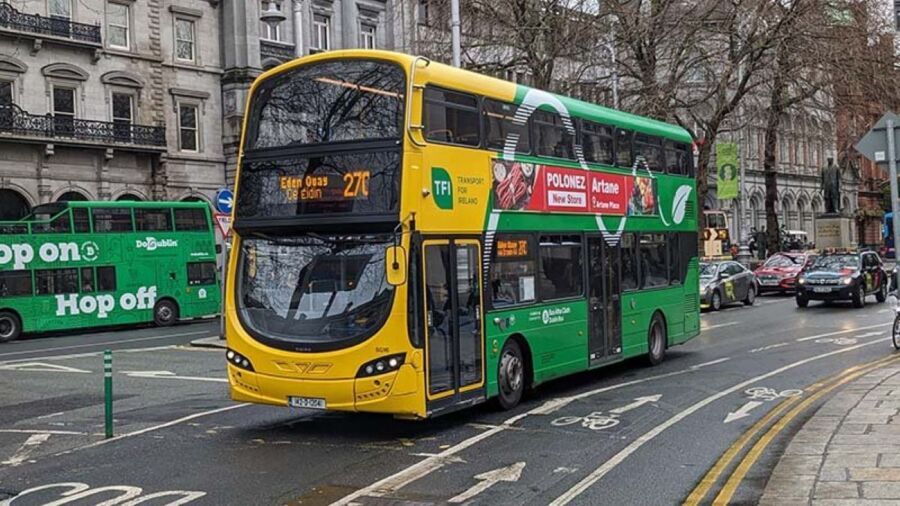
Edinburgh Airport connects to the city center via a 24-hour bus service and tram line. The compact city layout makes walking between attractions easy. Buses run frequently and cover all major areas.
Dublin’s public transport includes buses, trams (LUAS), and suburban trains (DART). Find flights into Dublin Airport, which sits about 10km from downtown.
Both cities have reliable taxi services. Edinburgh’s smaller size means shorter, cheaper rides. Bike rentals are popular in both places, with Edinburgh offering more dedicated cycling paths.
Public transport day passes cost about £4.50 in Edinburgh and €8 in Dublin. Walking tours start from most central locations in both cities.
Cost of Visit and Affordability
Both Dublin and Edinburgh rank among Europe’s pricier destinations, with Dublin generally being more expensive for tourists, especially when it comes to lodging and dining out.
Expense Planning
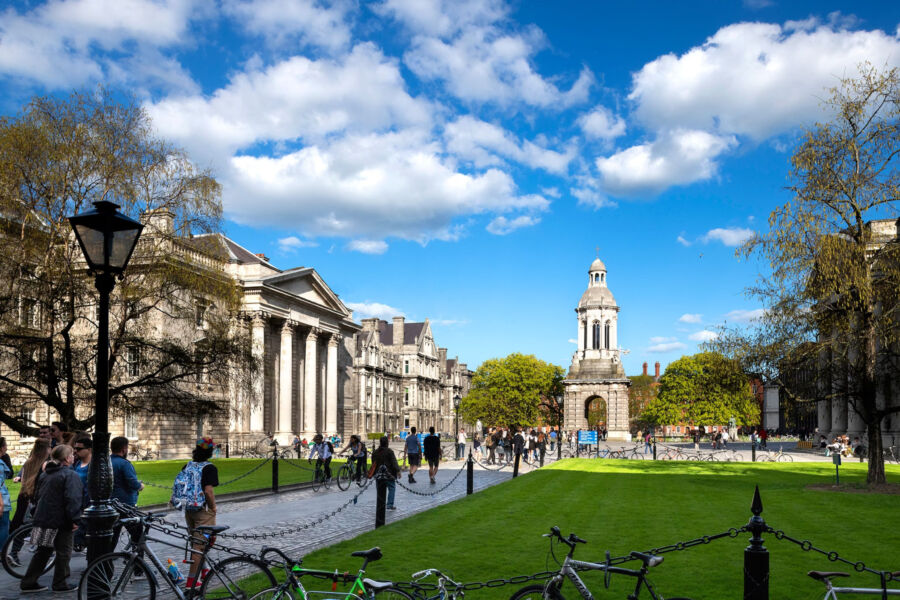
A mid-range hotel in Dublin costs €150-200 per night, while similar accommodations in Edinburgh run about £120-170. Dublin restaurants charge around €30 for a main course, compared to £20-25 in Edinburgh.
Public transport in Edinburgh is cheaper, with a day pass costing £4.50. Dublin’s equivalent costs €8.
Tourist attractions in both cities can add up quickly. Entry to Dublin Castle is €8, while Edinburgh Castle costs £19.50.
Basic groceries and everyday items cost about 10% more in Dublin than Edinburgh. A coffee in Dublin runs €4-5, while Edinburgh cafes charge £3-4.
Financial Tips and Tricks

Book accommodations at least 3 months ahead in both cities to get better rates. Winter months (November-February) offer the lowest prices.
Stay in neighborhoods like Leith in Edinburgh or Drumcondra in Dublin for cheaper lodging options that are still well-connected.
Many museums in both cities offer free entry on certain days:
- National Museum of Ireland: Free every day
- National Museum of Scotland: Free entry
- National Gallery of Ireland: Free on Sundays
Purchase city tourism cards for discounts:
- Dublin Pass includes free entry to 30+ attractions
- Edinburgh Royal Ticket covers main castle sites
Look for early bird dinner specials between 5-7pm. Many restaurants offer 2-course meals at reduced prices during these times.
Comparison Insight
Edinburgh and Dublin both shine as remarkable capital cities with distinct personalities, rich histories, and unique cultural offerings that set them apart from each other.
Living Standards
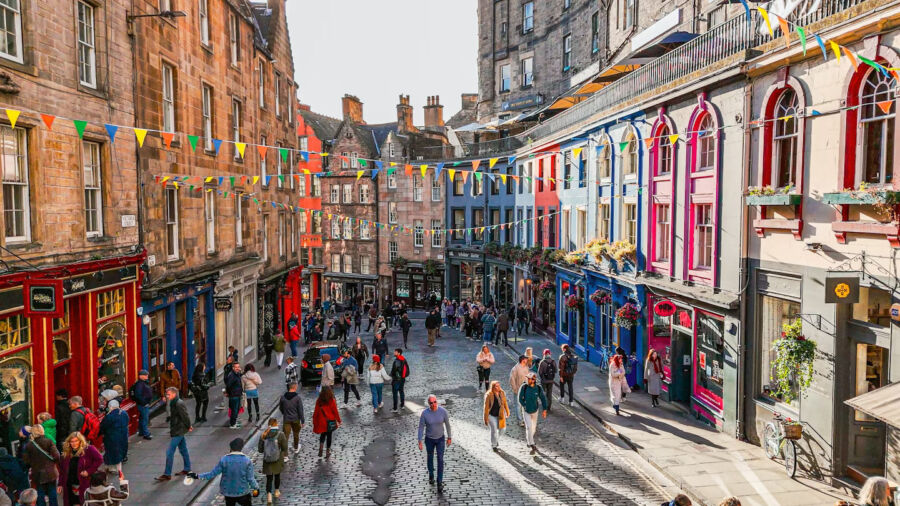
Edinburgh has a smaller population of 490,000 compared to Dublin’s 1.36 million people. This affects the pace of life in each city.
Dublin’s rental costs rank higher, with average monthly rents around €2,000 for a one-bedroom apartment. Edinburgh’s rents sit at £1,200 for similar accommodations.
Each city boasts excellent public transport. Edinburgh’s compact layout makes it very walkable, while Dublin’s larger size means more reliance on buses and trams.
Tourist Preferences
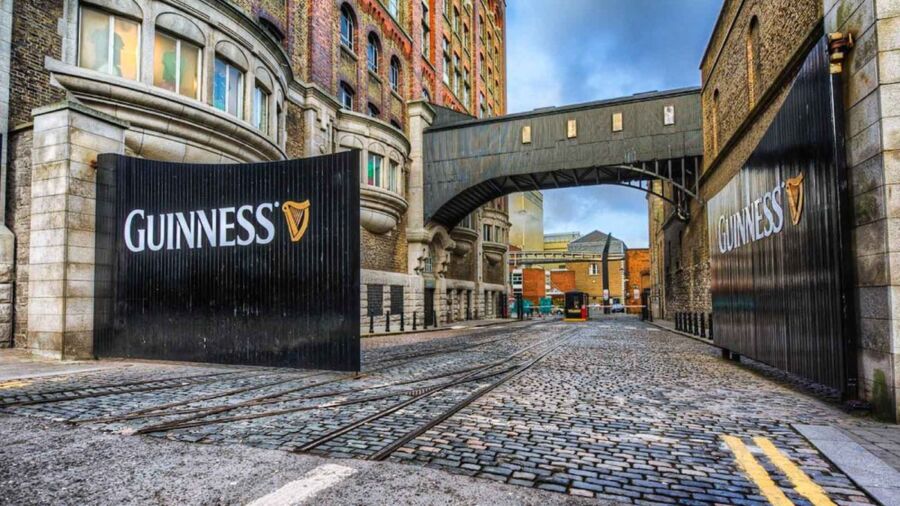
Dublin attracts visitors with its famous Guinness Storehouse and lively Temple Bar district. The city’s pub culture creates an energetic atmosphere perfect for socializing.
Edinburgh’s castle dominates the skyline and draws crowds year-round. The Royal Mile leads visitors through medieval streets packed with shops selling traditional Scottish goods like haggis.
Weather plays a big role in visits. Edinburgh sees about 163 hours of summer sun, while Dublin gets slightly more at 166 hours. Both cities experience similar rainfall patterns.
Unique Offerings
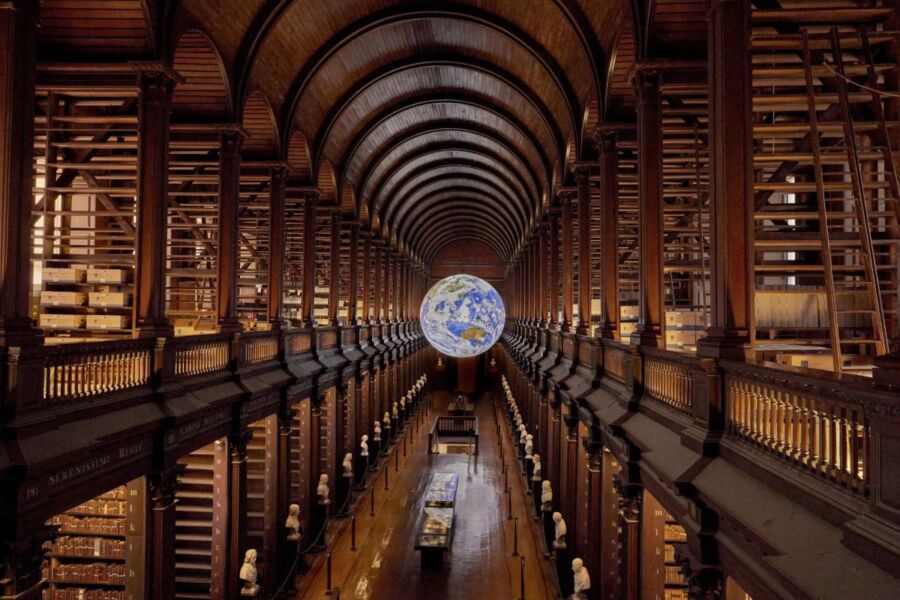
Edinburgh’s festivals transform the city each August. The Fringe Festival brings thousands of performers and creates an electric atmosphere you won’t find anywhere else.
Dublin’s literary heritage stands out with attractions like the Book of Kells at Trinity College. The city’s Georgian architecture adds elegance to streets lined with colorful doors.
Food culture differs significantly. Edinburgh embraces Scottish traditions with fresh seafood and hearty dishes. Dublin’s food scene mixes modern restaurants with traditional Irish pubs.
Both cities maintain strong café cultures. Edinburgh’s cozy basement cafés provide shelter from Scottish weather, while Dublin’s coffee shops buzz with local tech workers.
Frequently Asked Questions
Both Edinburgh and Dublin offer unique experiences for visitors and residents alike, with distinct differences in costs, culture, transport, and seasonal activities that shape daily life in these historic capitals.
What are the main living cost differences between Edinburgh and Dublin?
Dublin ranks among Europe’s most expensive cities to live in. Housing costs hit wallets especially hard in the Irish capital.
Edinburgh tends to be more budget-friendly than Dublin. Hotel stays in Edinburgh average £126 per night, while Dublin’s rates climb higher.
Food and drink prices stay similar between the cities. A pint costs £5-6.50 in both locations.
How does the quality of life compare between Edinburgh and Dublin?
Edinburgh’s mix of green spaces and walkable neighborhoods creates a balanced lifestyle. The city’s layout makes daily errands simple.
Dublin’s friendly atmosphere and strong community spirit shine through in local pubs and neighborhoods. The Irish capital’s coastal location adds beach access to city living.
Both cities face similar weather patterns. Summer brings about 165 hours of sunshine to each location.
Which city offers a better experience during the Christmas season, Dublin or Edinburgh?
Edinburgh transforms into a winter wonderland with its Christmas market spread across Princes Street Gardens. The castle backdrop creates magical evening views.
Dublin celebrates with festive markets and decorated streets. Grafton Street lights up with seasonal charm.
Could you provide insights on the cultural differences someone might expect when moving from Edinburgh to Dublin?
Edinburgh embraces its Scottish heritage through events like the Military Tattoo and year-round traditional music scenes.
Dublin’s pub culture forms the heart of social life. Live music, storytelling, and casual chats make newcomers feel welcome fast.
What is the comparison between the job markets of Edinburgh and Dublin for expats?
Dublin leads in tech sector jobs, with many international companies setting up European headquarters there.
Edinburgh’s job market strengths lie in finance, tourism, and education. The city attracts talent across creative industries too.
How do the public transport systems in Edinburgh and Dublin differ?
Edinburgh’s compact size makes it easy to navigate by bus or on foot. The tram system connects key areas including the airport.
Dublin offers extensive bus routes and the DART train for coastal trips. The LUAS tram system serves central areas and suburbs.
Rush hour traffic affects both cities, though Edinburgh’s smaller size can mean shorter commute times.


